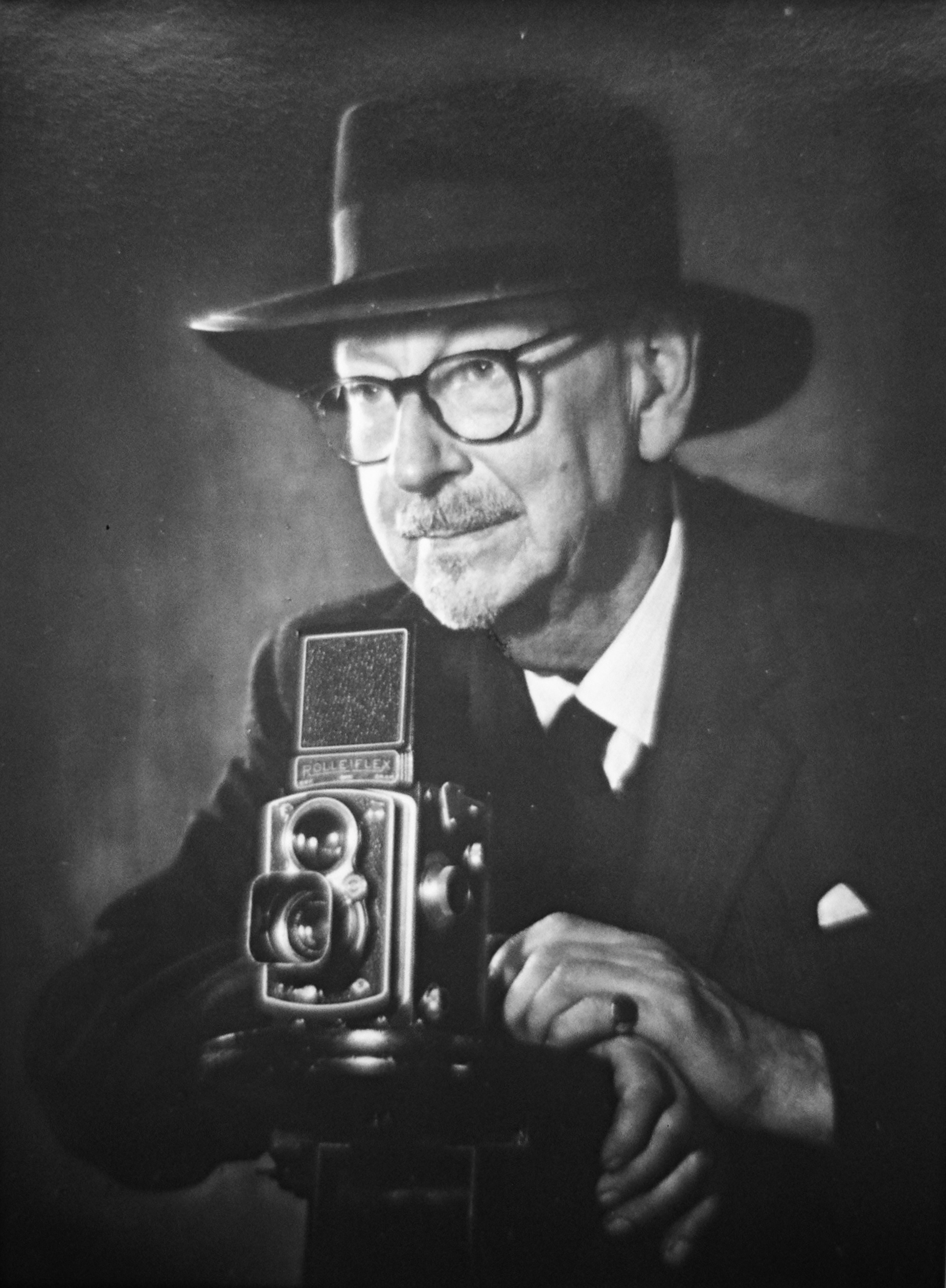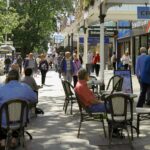By Claire Breithaupt
Rare glimpses of Southport and Formby through the lens of one of the 20th century’s most acclaimed photographers are being conserved as part of a treasured archive in Liverpool.
The iconic pictures are part of a huge collection of 140 000 photographs by the late photographer Edward Chambré Hardman, discovered in his Liverpool home, Hardman’s House, when he died in 1988.
The renowned collection, covering five decades from the 1920s onwards, features portraits and stunning pictures of Liverpudlian post-war landscapes.
Among the collection is a carefree snapshot of the late photographer’s wife, Margaret Hardman, posing in a bathing suit on Formby Beach, entitled ‘Margaret on Formby Dunes’.
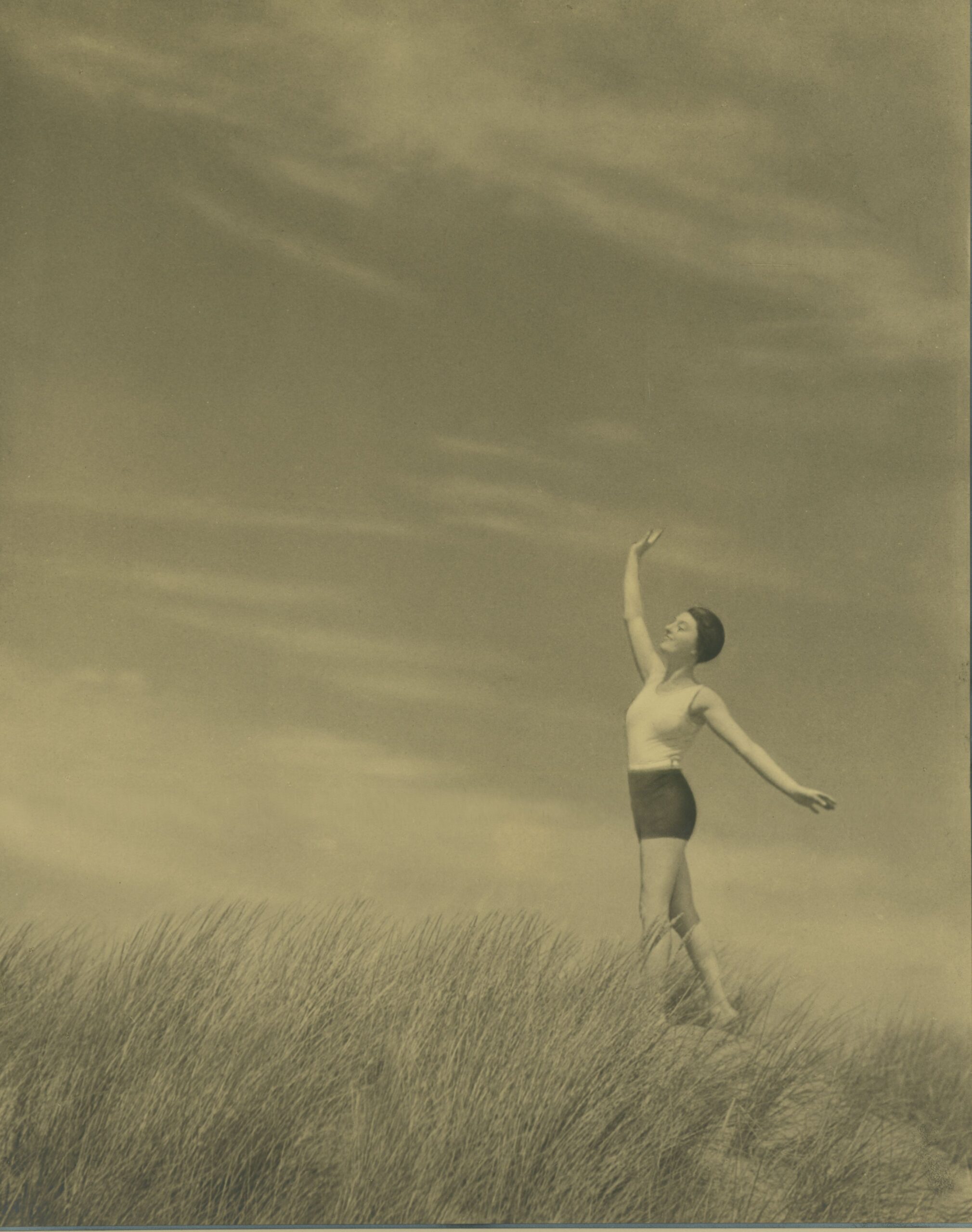
Also featured are striking images of the iconic Southport open air sea bathing lake, including one of young people playing on a large ball and a crowd of spectators.
A similar photo shows bathers enjoying a dip in the lido with one of the large dressing pavilions looming in the background.
Rural scenes of the area include a photograph entitled ‘Old Lifeboat Station, Formby’, described as ‘the oldest lifeboat house in the country’, while a similar image, entitled ‘Taking in the Harvest’, shows workers haymaking with a shire horse in a field in Formby.
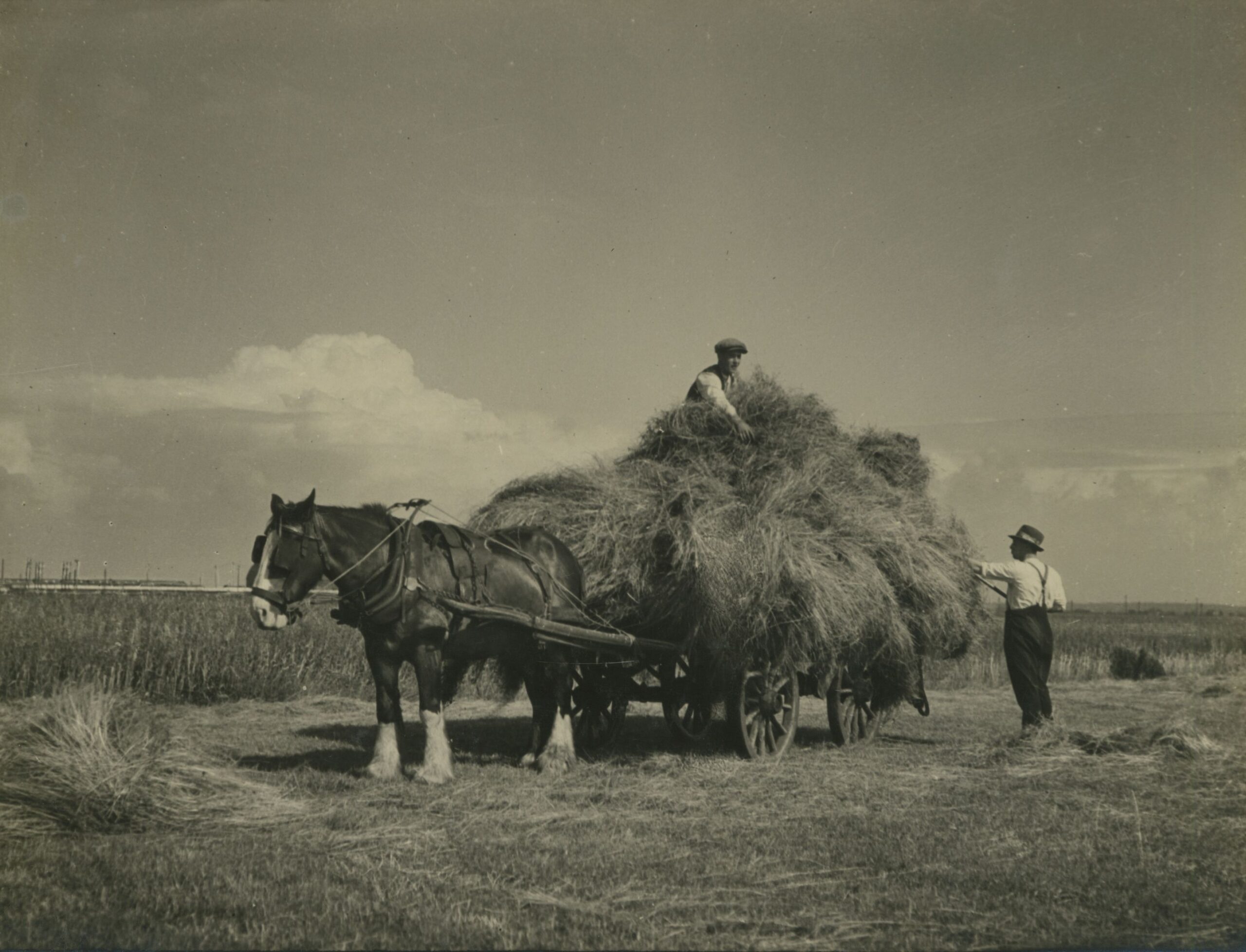
The young Chambré Hardman, originally from County Dublin, arrived in Liverpool following a six-year commission in the Indian Army and set up Burrell & Hardman Portraits in Bold Street in Liverpool city centre 1923, before marrying Margaret and moving to Rodney Street in Liverpool city centre in 1948.
Among the great and the good to have their portraits taken were actor Ivor Novello, a young John Moores and ballerina Margaret Fonteyn.
Despite the success of his portraits, the young photographer was drawn to the beauty of rural and city landscapes, perhaps thanks to the Irish scenes of his childhood.
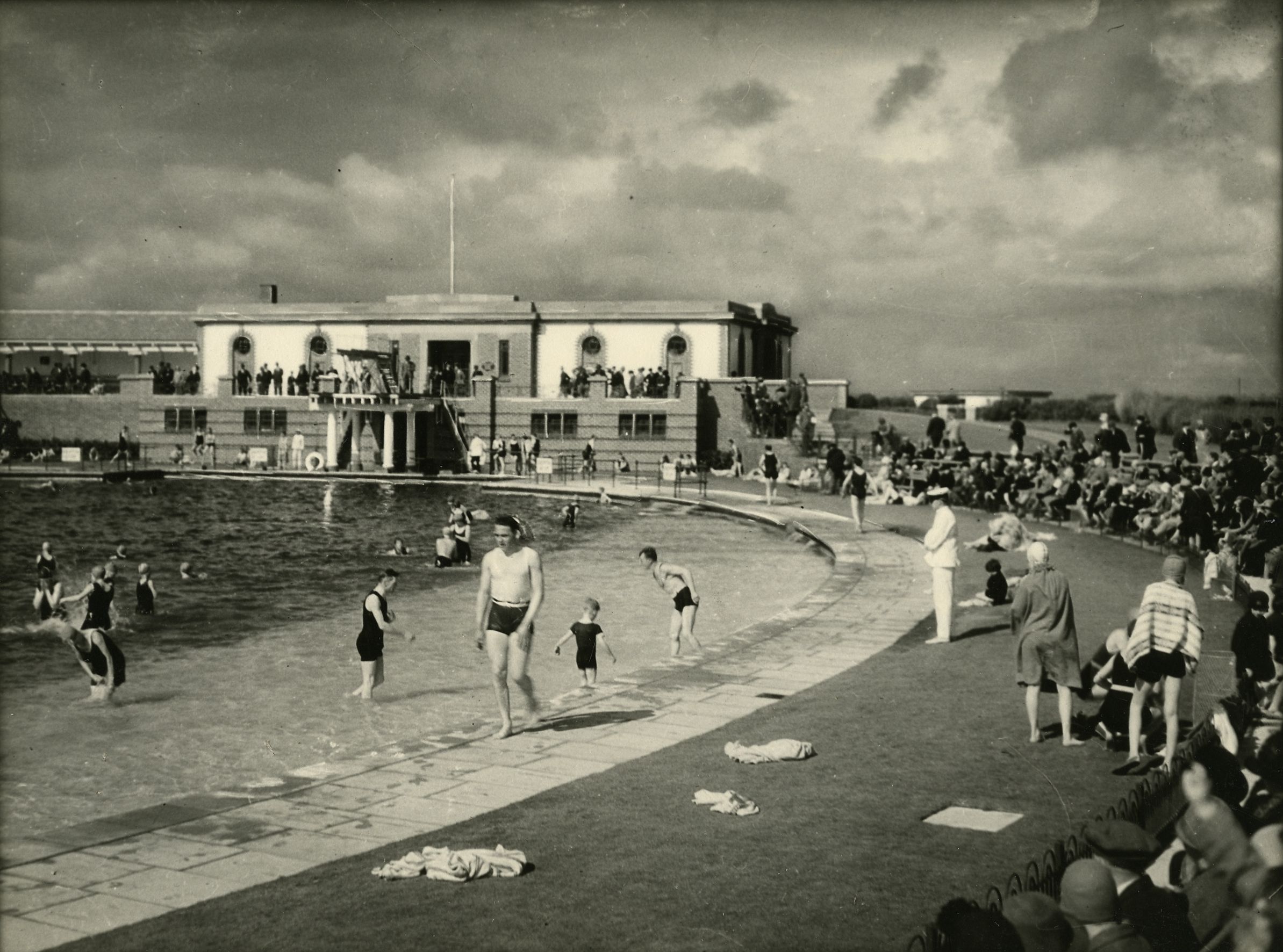
Chambré Hardman would later modestly describe the secret of his photographic genius as simply ‘being at the right place, at the right time.’ Yet the reality of pursuing a landscape picture was more intense.
He was to write, in 1966: ‘You will need all saintliness to help you bear those terrible frustrations – when after weeks or months, the perfect conditions come at last and you find yourself tied up indoors.’
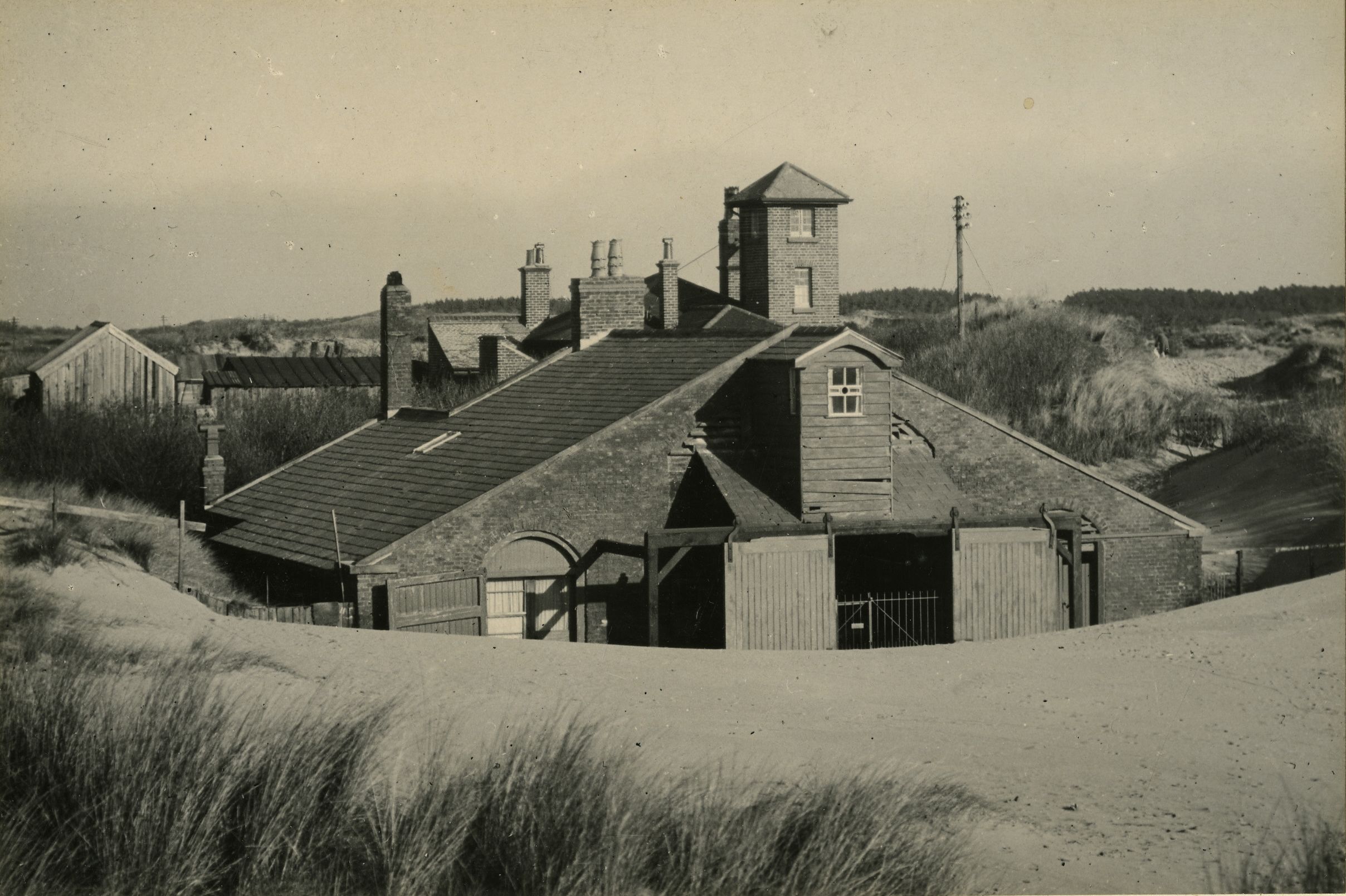
The photographer set up the E. Chambré Hardman Trust to conserve his huge archive but controversy initially surrounded its fate following his death with suggestions that it be moved to Yorkshire.
The National Trust took on the collection and the photographer’s former home in 2003 and aims to exhibit some photographs following an extensive conservation project funded by the National Archives and The Pilgrim Trust.
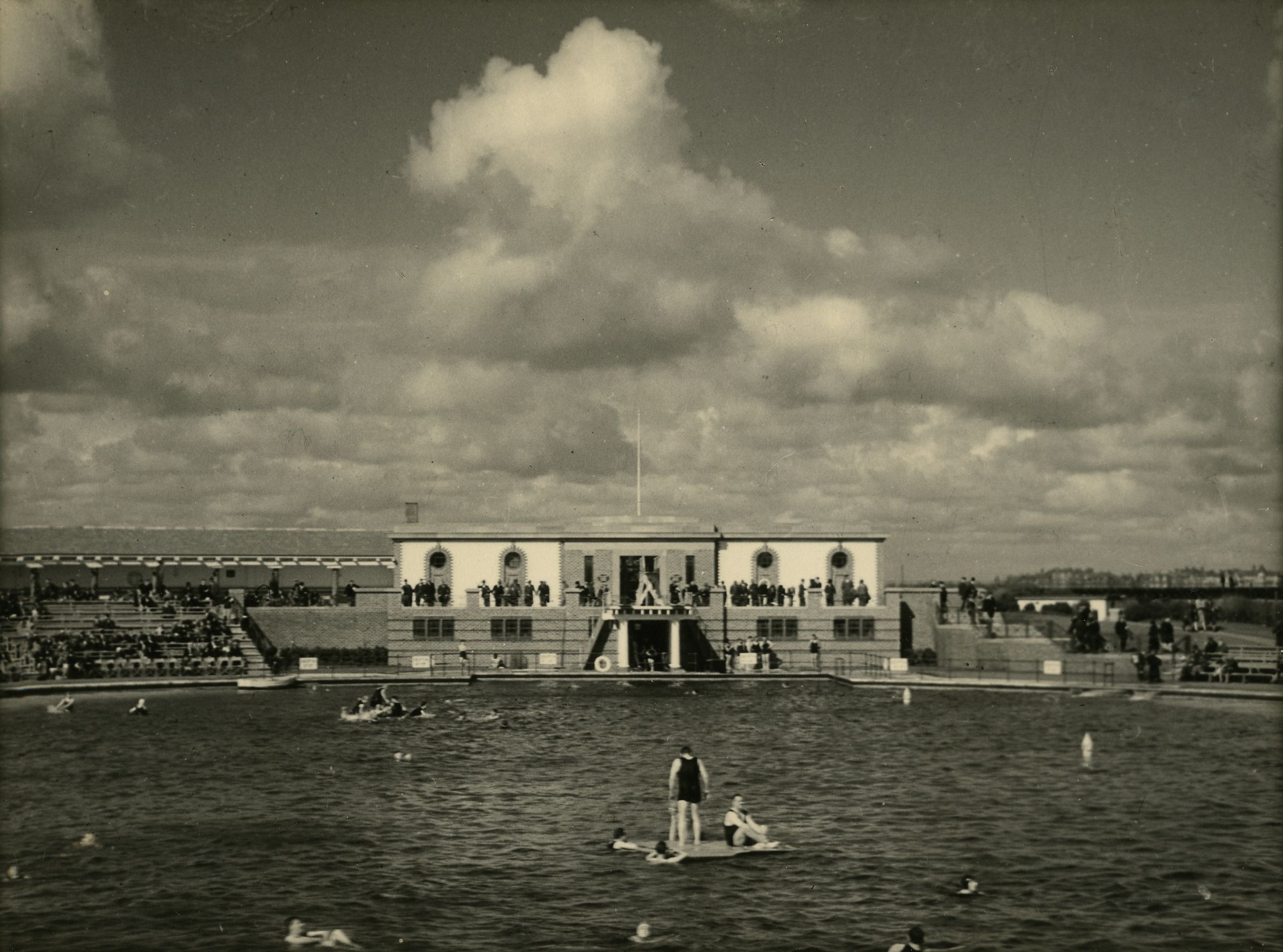
Brian Pilkington, marketing and communications officer at the National Trust, said: “The significant E. Chambré Hardman photographic collection is a fascinating record of mid-20th century life in Liverpool. We’re looking forward to bringing people closer to the life and work of the Hardmans through this important project.”
Photographs and materials from the E. Chambré Hardman collection will be available for viewing in person at Liverpool Records Office and the Hardmans’ House at a date to be confirmed in future and online at www.nationaltrust.org.uk/hardmans-house.
Do you have any stories for Stand Up For Southport? Please message Andrew Brown via Facebook here or email me at: mediaandrewbrown@gmail.com
